Very few things can compare to the satisfaction of eating food you grew yourself. Wyoming is not the most garden-friendly state, so anybody who has tried to grow veggies here knows the real struggle. Wyoming has some unique challenges to vegetable gardening, but with the right supplies and wise tactics, you can enjoy the advantages all season.
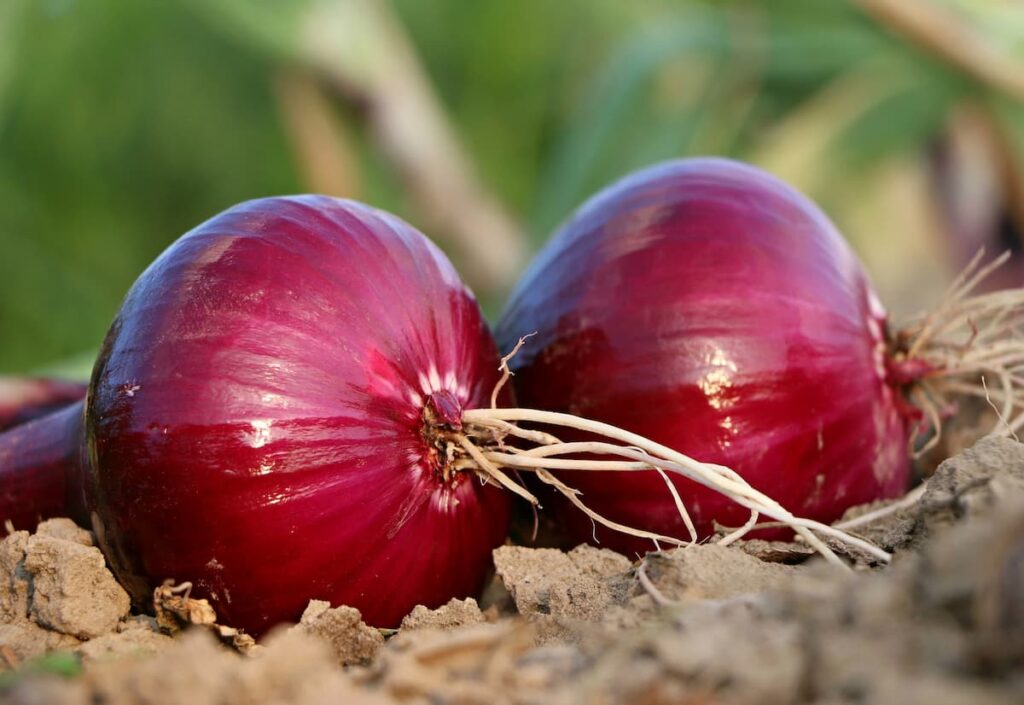
Below we learn the Wyoming vegetable gardening calendar, month-by-month vegetable planting chart, seasonal vegetable planting guide, best vegetables to grow in Wyoming, and about the Wyoming state planting zones.
Wyoming vegetable planting calendar
What gardening zone is Wyoming?
Plants can thrive in Wyoming from USDA hardiness zones 4 through 6. According to statistical analysis, there is a ten percent possibility of frost before or after these dates. Keep an eye on the forecast for your area to get the most accurate times. It takes Wyoming, on average, around 115 days to get from the last frost to the first. All around the state, winters are quite cold. There are, however, places where the climate is more moderate.
Use a hardiness zone map to get your exact location online. Finding out what hardiness zone your plants are in is essential in Wyoming. If you want a flourishing garden in Wyoming, you need to pay close attention to the planting and care recommendations and choose hardy species suited to your region. Reputable nurseries in your area will only sell you plants suited for your area’s USDA planting zones.
What is the growing season in Wyoming?
The growing season in much of Wyoming is brief because of the state’s generally cold evening temperatures. A typical growing season can be anything from 20 to 130 days. Temperatures during the day, at night, and in the soil are below what plants need to thrive. Temperature drops and snowfalls can happen unexpectedly. Combining these with certain regions having unusually high levels of wind and low levels of humidity means that gardeners need to take extra precautions to ensure the finest possible harvest.
In case you missed it: New Jersey Vegetable Planting Calendar (NJ): Month Wise Chart, Dates Guide for Fall, Winter, Spring, Summer, and Zones
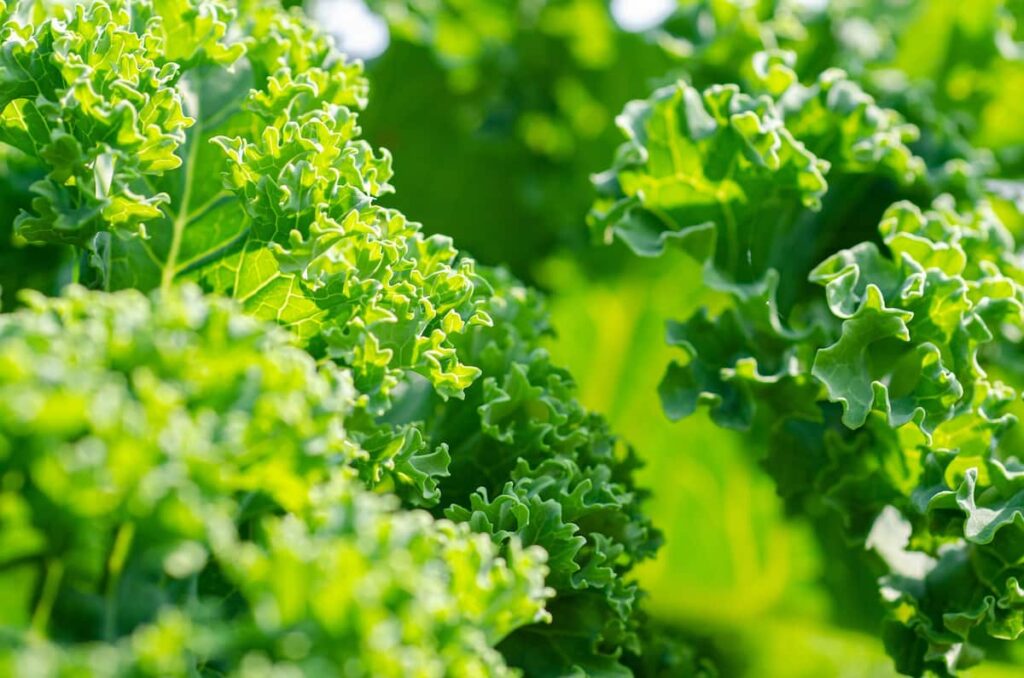
Seeds of vegetables can be started inside and moved to a garden afterward. To prepare them for growing outside, most plants need to be hardened for 10-14 days before being planted. Young seedlings can be planted outside until soil temperatures reach at least 50 degrees Fahrenheit (preferably 60 to 70 degrees). Hardening crops like cucumbers, corn, and beans are unnecessary.
Grow them in pots with a diameter of 4 to 6 inches, so they’re ready to be transplanted when fully grown. Reduce the transplanting impact by doing the transplant at night or on an overcast day. For at least a week, protect the fragile plants from harsh situations by placing them in a protected location.
When should you plant potatoes in Wyoming?
Your last frost date is the day you can safely sow potatoes in the spring. Potatoes like the chill of early spring to start their growth. Make sure the ground has warmed up and dried up a little before you dig in. Like other root vegetables, potatoes thrive in well-drained, fertile, loose soil containing compost. The potatoes will turn green if exposed to the sun, so check on them often to ensure they are covered with earth or mulch. Watch carefully for insects. While aphids are rarely an issue, the Colorado potato beetle is the real pest.
You should eliminate potato beetles as soon as possible since they will almost certainly infest your crop. Leave potatoes in the ground for many weeks after the tops and stems have dried out brown if you want to store them. Because of this, they can bulk up for longer storage by increasing the thickness of their skins. It doesn’t matter how long you let them sit in the ground as long as you harvest them before the first frost.
Can you grow tomatoes in Wyoming?
The weekend of Memorial Day is often recognized as the unofficial beginning of planting season in Wyoming. Crops can be planted successfully, including tomatoes, peppers, zucchini, and squash. Peas, spinach, and lettuce are just a few examples of cool-weather crops that can be planted in April and early May. Before planting in Wyoming, the soil has to be treated.
In case you missed it: South Dakota (SD) Vegetable Planting Calendar: Month-wise Chart, Dates Guide, Schedule for Fall, Winter, Spring, and Summer Seasons
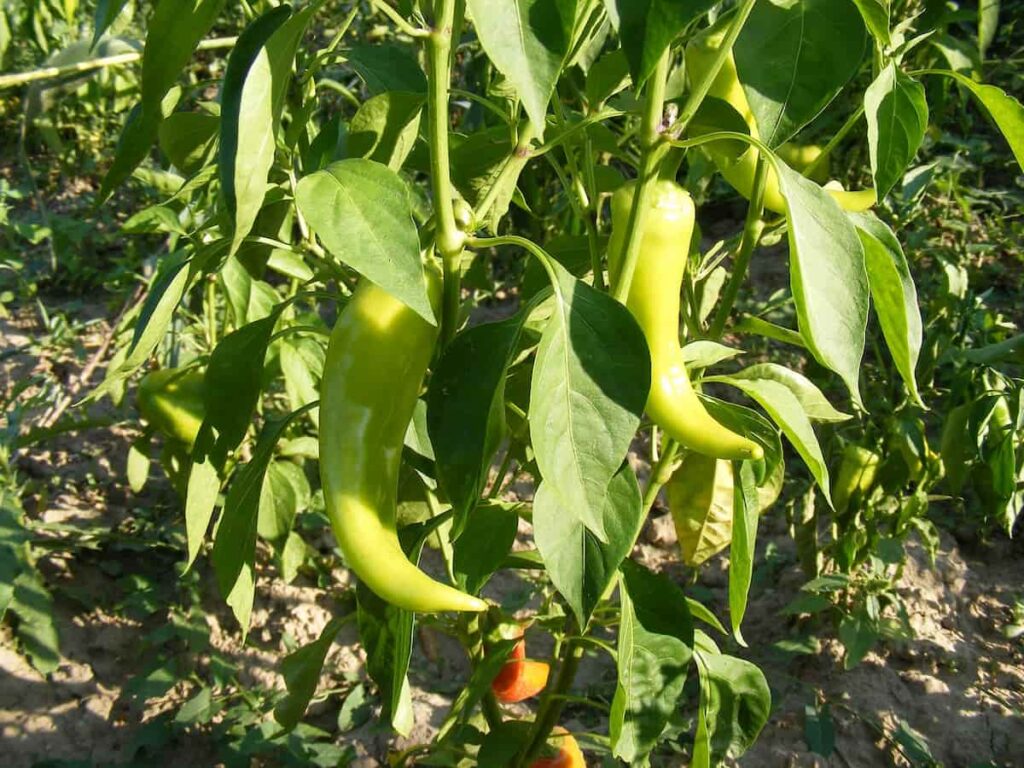
This calls for adding amendments to the soil, such as compost, peat moss, or chemical fertilizer, to improve drainage or boost nutrient availability. Tomatoes need at least six hours of sunlight every day, ideally in the afternoon, to thrive. Planting in frost-free conditions is essential for heat-loving species like these.
Plant your tomatoes somewhat deeper than they were in their container, putting the plant sideways and half-buried in a shallow tunnel in rich, organic, well-drained soil that is slightly acidic (pH 6 to 7). Pinch off the tomato vine’s suckers with your fingers. Suckers, a cluster of leaves at the branch-stem intersection, should always be removed since they don’t produce fruit and drain the plant’s energy.
When can you plant onions in Wyoming?
Since spring is here, you know you need to keep a close check on the weather. The weather is the best indicator of when the last frost will occur. In Wyoming, onions can be planted outside after two weeks have passed since the last frost. Gardening zones seven and above are ideal for growing short-day onions (aka warmer).
Because of the moderate environment, these regions can grow short-day onions throughout autumn and winter. The seeds are sown in the autumn, and the crop is gathered in the late spring. When the daily sunlight reaches 10 to 12 hours, they start roots. Day-neutral onions, also known as ‘Intermediate,’ are less light-dependent than other varieties and can develop in a wider range of climates.
They thrive in Garden Zones 5-7 but can also adapt to the other zones. When there are 12 to 14 hours of daylight, they begin to form a bulb. Plant them in the autumn for a winter crop, or wait until spring. Planting zones six and below is ideal for growing long-day onions (a cooler). They’re sown in late winter or early spring once the earth thaws. As soon as the number of hours of daylight reaches 14-16, the bulbs of long-day onions begin to sprout.
You can purchase onion sets or seeds to get your onion patch going. Although onion sets and onion seeds continue to be the most common alternatives for producing onions, onion transplants can also be found at local garden shops. When producing onions in your yard, you can use either sets or seeds, each of which has advantages and disadvantages. On the other hand, onion seeds are more affordable. More onion types are available in seed form, but they can be more challenging to grow at first.
In case you missed it: Pennsylvania (PA) Vegetable Planting Calendar: Month-wise Chart, Dates Guide, Schedule for Fall, Winter, Spring, and Summer Seasons
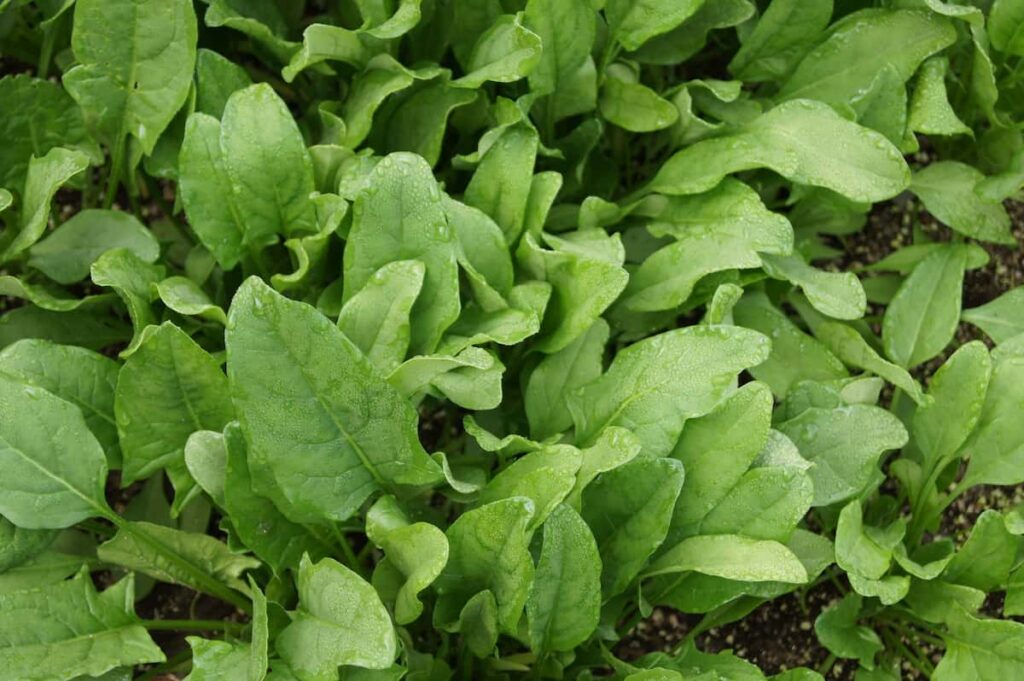
What can I plant now in Wyoming?
Spring vegetable planting in Wyoming
Beets, carrots, radishes, spinach, lettuce, onions, peas, and turnips are all examples of crops that do well in spring gardens. It is possible to transplant several of them in the late summer or early autumn to reap them later. Put in some new, good seeds. Low germination rates and weak seedlings are common results of storing seeds too long. Place seeds in the designated rows continuously. You should separate them as directed on the packaging.
You should softly water the seeds and cover them as directed on the packaging. If you must use transplants, be sure you get strong, healthy ones. Plants should be spaced and dug at the recommended depths as indicated on the packaging. Emerging seedlings should be thin. Some plants, such as lettuce, radishes, beets, and turnips, can be harvested during thinning. These sprouts can be used as a substitute for store-bought salad greens. To fasten the emergence of seedlings or transplant transplants, maintain consistent soil moisture.
Fall vegetable planting in Wyoming
The milder soil temperatures in the autumn, when the beets are mature, will result in sweeter beets. Therefore, shadow protection can be helpful when growing beets in the summer. They will continue to develop until the first freeze since they are resistant to mild frost. Carrots, like beets, taste best when allowed to develop in the colder soil of autumn. The orange varieties are the tastiest. Brussels sprouts are another autumn vegetable, often the last to be harvested before the winter months set in.
In case you missed it: Utah Vegetable Planting Calendar: Month-wise Chart, Dates Guide, Schedule for Fall, Winter, Spring, and Summer Seasons
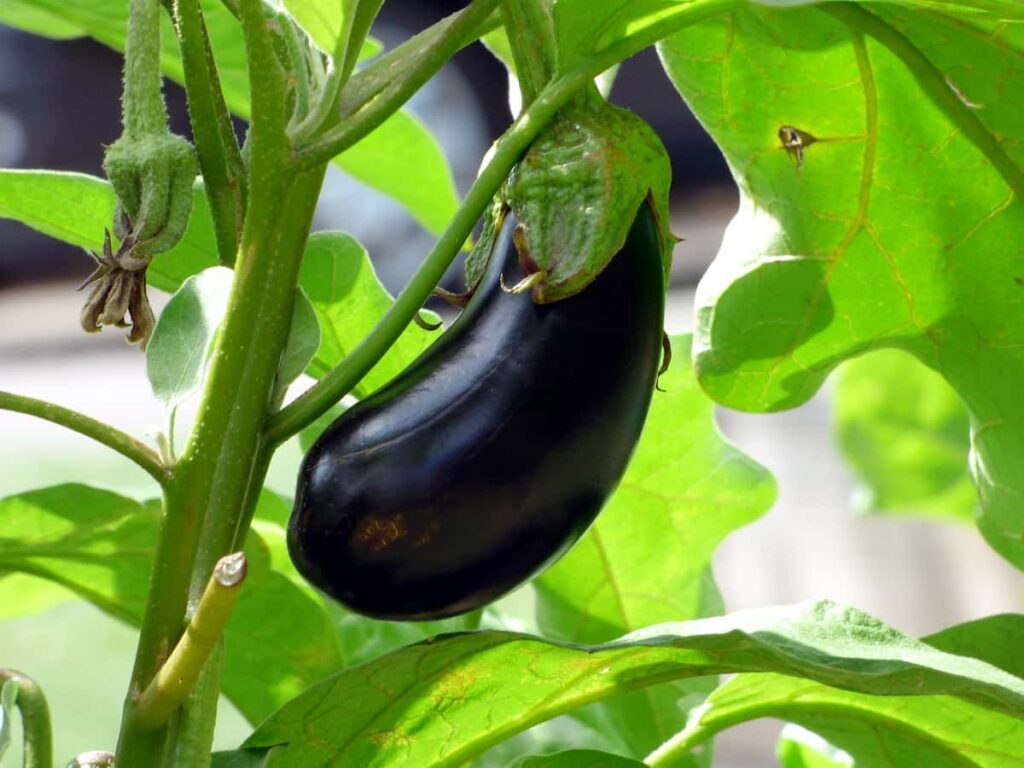
Planting broccoli seeds in the late summer is ideal. Maturity allows them to withstand mild frost, but they must be picked before the first severe winter. Starting seeds early and transplanting them around midsummer is advisable since they take a little longer to develop. Plant certified seed potatoes of quick-ripening kinds. It’s common practice to use growth inhibitors on grocery store potatoes, which can still be infected with diseases if planted.
Tomatoes, peppers, eggplants, and potatoes are all nightshade family members, so avoid planting them in areas used for growing these plants in the last two years. The garden should also keep cucumbers and squash at arm’s length. Cauliflower works very well in the autumn since it is the optimal time for growing and yields short, juicy heads. To give your autumn harvest enough time to grow, you should begin planting it around the middle of summer.
If you want a head start, you can start your seeds inside earlier and transplant your seedlings in mid to late summer. Bush bean types are less demanding to cultivate than pole beans since they don’t need to be supported. Many will start bearing fruit in as little as 45-60 days, thanks to the lower temperatures. Planting beans in locations where the soil is deficient is a good idea since beans provide nitrogen to the soil. Like carrots and beets, the taste of radishes harvested in the autumn is superior to that of spring-harvested radishes.
Mid to late summer is ideal for planting spinach when the soil is warmer. Having the leaves mature in lower temperatures makes them more supple and delicious. The little frost that spinach can withstand makes it the most cold-hardy of all salad greens. A batch sown in mid-to-late summer will still mature in 60 days as the squashes grow quickly. It’s best to harvest them while they’re 8 to 12 inches tall because they lose their crisp, juicy texture and taste.
Summer vegetable planting in Wyoming
Wyoming has a somewhat short growing season and sometimes chilly summers. Quick-maturing plants that thrive in chilly temperatures, such as radishes, leaf lettuce, and onions, are good options for gardeners. You could also grow peas, spinach, cabbage, beets, carrots, and cauliflower.
Tomatoes, peppers, winter squash, eggplants, and sweet corn all need hot temperatures and a lengthy growing season to provide fruit. Many kinds of each crop will be included in seed catalogs, but gardeners need to choose the types that are most suited to their specific regions. Mid to late summer is when you should start your seeds indoors in Wyoming for the fall garden.
In case you missed it: Vermont Vegetable Planting Calendar: Month-wise Chart, Dates Guide, Schedule for Fall, Winter, Spring, and Summer Seasons
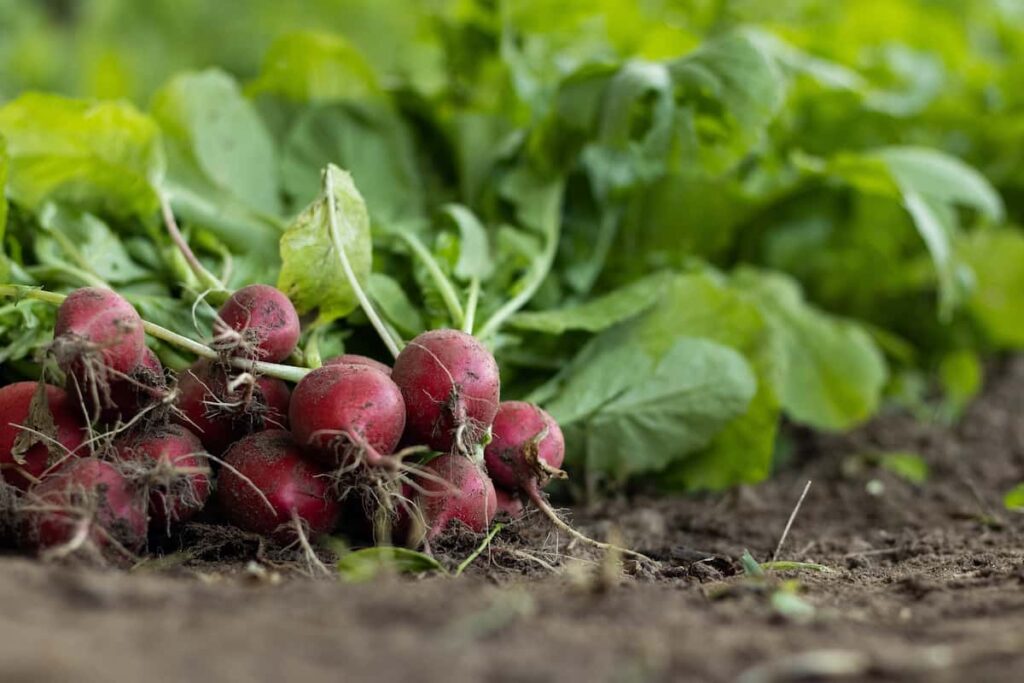
Winter vegetable planting in Wyoming
It is possible to plant in the winter in warmer regions. Salad greens, onions, Swiss chard, radishes, carrots, English peas, and kale are some of the winter vegetable seeds you can plant now. Other transplants of cool-season vegetables, including Brussels sprouts, broccoli, and cauliflower, should be available soon. Also available throughout winter are herb transplants, which can be found at most garden centers.
Get some oregano, parsley, thyme, sage, lavender, and hardy rosemary to plant in pots and vegetable gardens for the winter. You can modify winter sowing in chilly places by sprinkling seeds in planting beds throughout winter thaws or during robin snows when nights are still icy in late April. Even without covering seeds with soil, some seeds will germinate. You can just throw them into the soil in the garden.
Wyoming vegetable planting calendar/guide/chart/schedule
| Vegetables | Zone 3 | Zone 4 | Zone 5 | Zone 6 |
| Snap Beans | Mid-June to Mid-Sep | June to Mid-Sep | Mid-May to Sep | May to Mid-Oct |
| Lima beans | Mid-May to Mid-June | May | Mid-May to Sep | May to Mid-Oct |
| Beets | Mid-May to Mid-Sep | Mid-Apr to Jun, ‘Mid-July to Sep | Apr to June, Mid-July to Mid-Oct | Mid-Mar to June, Mid-July to Mid-Oct |
| Broccoli | Mid-May to Sep | Apr to June, July to Mid-Aug | Mid-Mar to June, July to Oct | Mar to Mid-June, Mid-July to Oct |
| Brussel Sprouts | Mid-May to Mid-Oct | Mid-Apr to Mid-Oct | Apr to Oct | May to Oct |
| Cabbage | Mid-May to Mid-Sep | May to Mid-Oct | Mid-Apr to Oct | May to Oct |
| Carrots | Mid-June to Mid-Sep | Mid-Apr to June, ‘Mid-July to Sep | Apr to Jun, Aug to Mid-Oct | Apr to June, Aug to Oct |
| Cauliflowers | Mid-May to Sep | May to Sep | Mid-Apr to Mid-Oct | Mar to Mid-June |
| Corn | – | June to Mid-Sep | Mid-May to Mid-Sep | May to Sep |
| Cucumber | Mid-June to Mid-Sep | June to Mid-Sep | Mid-May to Mid-Sep | May to Sep |
| Kale | May to Sep | Mid-Apr to June, ‘Mid-July to Mid-Oct | Apr to June, Mid-July to Oct | Mid-Mar to Mid-June, Aug to Mid-Nov |
| Lettuce | Mid-May to Sep | May to June, Mid-July to Sep | Mid-Apr to June, Mid-July to Mid-Oct | Mid-Mar to Mid-June, Aug to Oct |
| Onions | – | Mid-Apr to Mid-Sep | Apr to Sep | Mid- Mar to Aug |
| Peas | Mid-May to Mid-Sep | Mid-Apr to June | Apr to June, Mid-July to Mid-Oct | Mid-Mar to May, Aug to Oct |
| Peppers | Mid-Apr to Aug | Mid-Apr to Mid-Sep | Apr to Sep | Mid-Mar to Sep |
| Spinach | May to Sep | Mid-Apr to June, ‘Mid-July to Mid-Oct | Apr to June, Mid-July to Oct | Mar to June, Mid-July to Oct |
| Summer Squash | – | June to Mid-Sep | Mid-May to Sep | May to Sep |
| Tomato | Mid-Apr to Aug | Mid-Apr to Mid-Sep | Apr to Sep | Mid-Mar to Sep |
| Asparagus | Mid-Apr to May | Mid-Apr to May | Apr | Apr |
| Artichokes | – | – | – | – |
| Celery | Mid-May | Mid-May | – | |
| Chard | Early May | Early May | – | – |
| Chives | – | – | – | – |
| Eggplants | Early June | Early June | May | May |
| Kohlrabi | Mid-Apr to Mid-Aug | Mid-Apr to Mid-Aug | Early Apr and Late-Sep | Early Apr and late Sep |
| Okra | Early June | Early June | Mid-May to late May | Mid-May to late May |
| Potatoes | Mid-Apr to June | Mid-Apr to June | Early April to Mid-April | Early April to Mid-April |
| Radish | Apr to June, Aug | Apr to June | Late Mar to early May | Late Mar to early May, Aug |
| Winter squash | May to June | May to June | May | Mid-May |
Conclusion
Gardening mistakes are great learning opportunities. Don’t be hard on yourself if the result isn’t what you expected. You can just try again next year. If you live in the following cities, towns, and counties and plan to grow vegetables in Wyoming, this Vegetable Planting Calendar chart and guide will help you to set up your garden.
| Cheyenne | Worland |
| Jackson | Wheatland |
| Casper | Saratoga |
| Laramie | Kemmerer |
| Cody | Sundance |
| Gillette | Lusk |
| Sheridan | Lovell |
| Rock Springs | Greybull |
| Evanston | Star Valley Ranch |
| Riverton | Glenrock |
| Lander | Wright |
| Rawlins | Mills |
| Pinedale | Central Wyoming |
| Green River | Eastern Wyoming |
| Douglas | Western Wyoming |
| Powell | Southern Wyoming |
| Thermopolis | Northern Wyoming |
| Afton |
- Sheep Farming Business Plan for Beginners
- Aquaponic Farming at Home: A Step-By-Step Guide
- Profitable Village Farming Business Ideas in 2024
- High-Yield Aquaculture: Fast-Growing Fish for Farming
- Effective Fish Pond Construction Techniques for Beginners
- Irrigation and Water Management in Pineapple Farming
- Blossom to Harvest: Mastering Flowering and Pollination in Papaya Farming
- Pig Fattening Essentials: From Selection to Sale for Beginners
- Raising Wagyu Cattle: A Complete Guide for Premium Beef Production
- Soil Types and Their Water Holding Capacity
- Optimizing Irrigation Schedules for Coconut Groves for Enhanced Yield
- Espresso Your Garden: Coffee Grounds for Healthier Acid-Loving Plants
- The Best Soil Mix for Snake Plants: How to Mix Your Own Snake Plant Soil
- Green Thumb Success: Expert Tips for Cultivating Greenhouse Beans All Year Round
- Bloom All Year Round: The Ultimate Guide to Indoor Hyacinth Care
- Eco-Friendly Gardening: How to Make Liquid Fertilizer from Kitchen Waste
- Ultimate Guide to Grow Anise in Pots: Explore Seed Propagation to Harvesting
- Guide to Raising Chester White Pigs: Discover Breed Facts to Growth Management
- Mastering the Elegance: The Ultimate Guide to Weeping Cherry Tree Care, Planting, and Maintenance
- Ultimate Guide to Planting Garlic in Grow Bags: Growing Strategies for Beginners
- How to Fix Spider Plant Leaf-Related Problems: Natural and Organic Remedies
- 10 Reasons Why Your Tulsi Plant is Shedding Leaves: Home Remedies and Solutions
- Optimizing Growth and Yield: The Advantages of Palm Bunch Ash Fertilizer
- Utilizing Neem Oil Extract as a Natural Pesticide for Hydrangea
- From Soil to Harvest: Various Ways in Which Farmers Can Use AI Tools
- Steps to Encourage and Induce Citrus Flowers: A Comprehensive Guide
- How to Fix Snake Plant Leaf-Related Issues: Natural and Organic Remedies
- Transform Your Garden into a Fragrant Oasis with Raat Ki Rani (Night Blooming Jasmine)
- Discover the Ideal Chicken Breeds for Philippine Farms
- How to Create a Poultry Egg Farm Business Plan for Profits
- Grow Lemon Cucumbers Like a Pro: Insider Techniques for Bountiful Yields
- Ultimate Guide to Caring for Your Pink Princess Philodendron: Tips for Thriving Variegation
- Areca Nut Profit Per Acre: Calculating Yield and Cost of Cultivation
- How Kaveri Chicken is Becoming a More Profitable Breed in Indian Backyards
- Transform Your Barn: 9 Steps to Convert a Horse Stall into a Chicken Coop
- Exploring Suffolk Sheep Disadvantages with Limitations and Challenges
